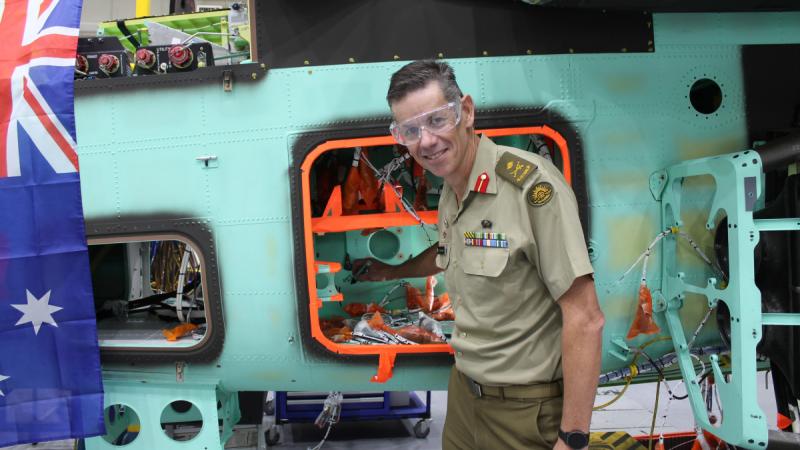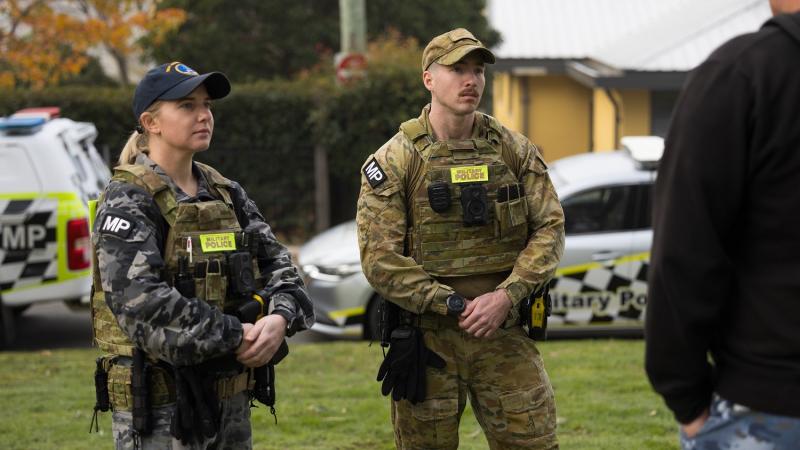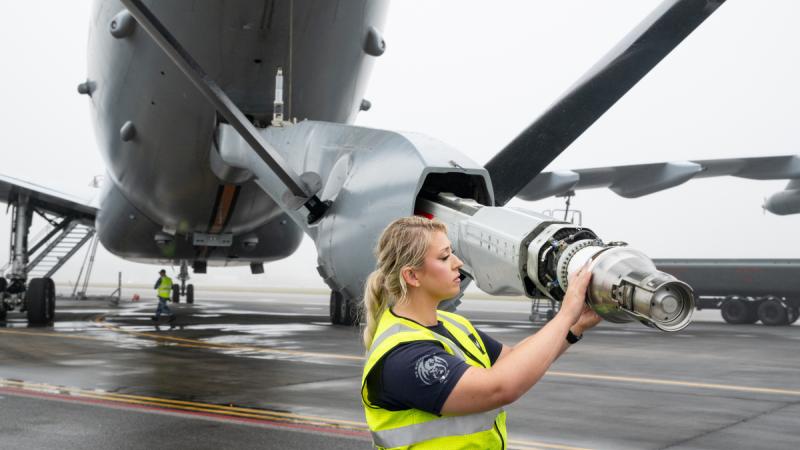14 December 2020
RAAF air power was on show over the Katherine region when No. 82 Wing F/A-18F Super Hornets and No. 2 Squadron E-7A Wedgetail aircraft took part in Exercise Gauntlet Strike.
The exercise was held in the Northern Territory from November 26 to December 9.
It was the final qualification activity for operational conversion courses for aircrew trainees, including pilots, intelligence officers, mission commanders, surveillance and control officers, electronic support measure operators and systems officers.
The Executive Officer No. 82 Wing, Wing Commander Trevor Andrews, said Exercise Gauntlet Strike gave the trainees a chance to apply their skills in a notional conflict scenario.
“The exercise included the employment of precision weapons on training ranges for our Super Hornet pilots and the Wedgetail crews conducted air battle management in a contested environment scenario,” Wing Commander Andrews said.
“Exercise Gauntlet Strike has prepared Air Force personnel to plan and conduct missions, ensuring they are ready and qualified to deploy in defence of Australia and its interests.”
For Flying Officer Peter, a trainee Super Hornet weapons systems officer, Exercise Gauntlet Strike marked a significant turning point in terms of mission complexity.
“All of our training in the lead-up to the exercise was very segmented – here’s air-to-air, now put that aside and here’s air-to-ground,” he said.
“But this exercise brought everything together in one mission.
“The self-escort strike scenarios were dynamic, our planning times were condensed, and you didn’t know how things were going to play out, so you had to be flexible.
“We had to prove that we could safely and legally carry out all key mission priorities, from planning, taking off, fighting our way in, dropping bombs, fighting our way out, and coming back home.
“It was really tough, but very rewarding.”
This exercise brought everything together in one mission.
For Flying Officer Declan, a trainee Super Hornet pilot, the exercise was packed with career firsts.
“We got to drop real bombs for the first time,” he said.
“It was also the first time we’d worked through scenarios where I’d be dealing with an air picture in the front seat, while the guy in the back would be working to find the target.
“Working in a split cockpit like that, with No. 2 Squadron and No. 114 Mobile Control and Reporting Unit feeding us battlefield data, was an awesome first for us.”
For Flying Officer Joshua, a trainee air battle manager on a Wedgetail, the exercise was a great opportunity to work with personnel from Air Combat Group.
“We operated with 82 Wing, providing overall battlefield situational awareness and control,” Flying Officer Joshua said.
“Having multiple squadrons from different bases operating together in unfamiliar airspace afforded us the rare opportunity to conduct holistic mission planning and debriefing.”
The trainees came away from the exercise with a much deeper appreciation of the team effort required for collective training activities.
“I’m very humbled by the sheer amount of resources committed to getting a few jets off the ground each day for the sake of our training,” Flying Officer Declan said.
Flying officer Peter agreed.
“Administration, logistics, maintenance – it’s eye-opening just how many people are required to get us in the air, especially with COVID-19, and I’ll never forget that,” he said.


